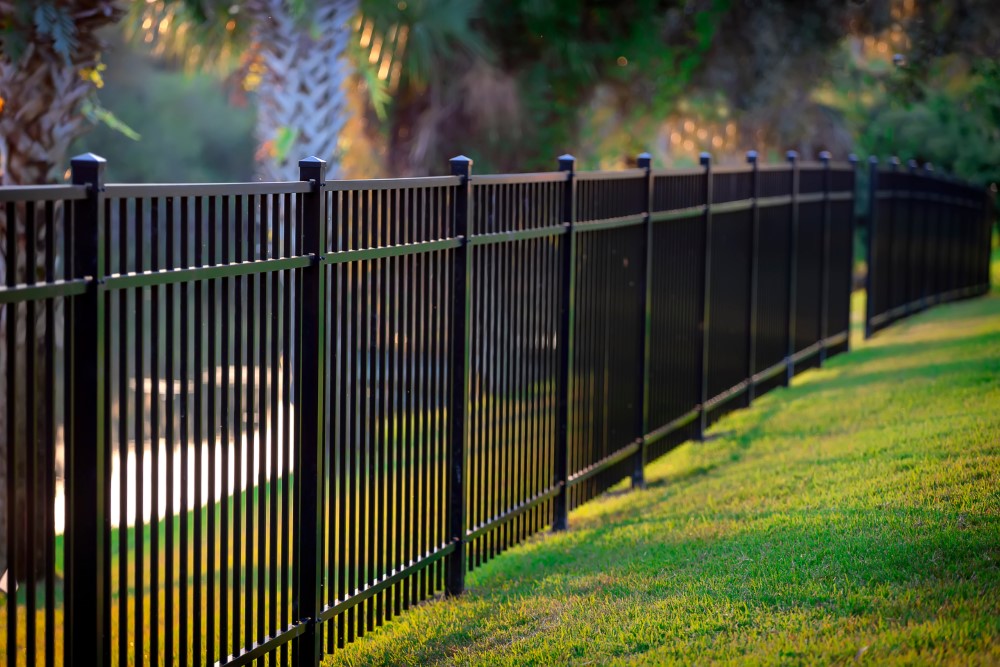Tips to Protect Your Furniture When Moving House

Many people find moving homes to be one of the most physically demanding and mentally taxing things to do. From coordinating with various utility companies to packing your belongings, there’s a lot of work required on your part.
One important thing that often gets overlooked is how to protect your furniture during the move. Damaged furniture can be costly to repair or replace, so taking a few steps beforehand to prevent any costly damage is essential.
Here are some tips on protecting your furniture when moving into a new home.

Profile The Furniture to Bring
There are bound to be some furniture pieces lying around your home that are already starting to show signs of wear and tear. Before mindlessly adding them to the list of furniture pieces to bring, assess whether they’re worth bringing along in the first place.
Something that may seem obvious but is often overlooked is that dilapidated furniture is prone to get damaged more easily than those that are still in good condition.
If you don’t want to end up bringing broken furniture that you’ll have to throw away the moment it’s brought out of the furniture truck, invest some time to sort through your furniture and determine which ones are worth bringing.
Use Furniture Pads
Many furniture removalists on Muval use furniture pads to keep vulnerable objects and delicate furniture safe from being banged, scratched, or dented during transit. These pads are soft and thick coverings that essentially provide extra protection and cushioning for large items.
Besides protecting your furniture pieces, these pads are also a way to separate your furniture’s legs from the floor. This can prevent unwanted scratches on the tiling of your new home, which can make all the difference in making your new home feel spotless from day one onwards.
Disassemble Furniture Whenever Possible
Disassemble furniture before loading them into the moving truck. It’s a good idea to accomplish this a week or a day before the actual move. This will make it easier to move through tight doorways and can help prevent any major structural damage due to increased pressure during moving activity.
Not all furniture can be disassembled, so be sure to know whether your furniture can be put back together before attempting to take apart any pieces. Some couches and tables can have their legs unscrewed, while others can’t. Beds, on the other hand, can be dismantled into their basic bed frame and mattress pieces.
Be sure to keep all the components in one sealable plastic bag and label it appropriately so that you don’t lose any pieces during the move. Taking a picture of how the piece was assembled originally is also a good idea for you or the removalist company to have a reference to go off.
Wrap Your Fragile Objects
Fragile pieces of furniture—such as framed photographs, mirrors, and tables with glass tops—should be wrapped in appropriate wrapping to keep them safe. This should be done before wrapping them in furniture pads.
Any kind of shock or impact during transit can lead to breakage, forcing you to replace the item entirely. If you want to minimise this from occurring, ensure that all fragile objects are tightly wrapped with the appropriate sheeting material
Two wrapping materials you should heavily consider using are bubble wrap and plastic film. Bubble wrap is ideal for anything with glassware such as china, picture frames, and mirrors as it can provide extra cushioning and protection with its air-filled pockets.
Plastic film, on the other hand, can provide an effective barrier against dust and water for upholstered items like sofa pillows and mattresses. Both of these materials can be purchased at hardware stores and many removalist companies provide them as a free service when booking your move.
Plan Your Furniture Placement Beforehand
Before moving day, formulate a plan on how you’ll put your furniture in the moving truck. While this may seem like an excessive step to some, having the right sequence can help expedite the removal process and make it easier to move items in and out of the truck.
More importantly, the right arrangement can also lessen the risk of furniture bumping or falling on one another.
The first items you should add (i.g. the ones that’ll end up at the back of the truck) should be heavy and in uniform-shaped boxes. This can serve as a base of support for all the other items you’ll be adding afterwards.
Next, add long and large, rectangular objects like drawers and cabinets to act as support. Then the mattresses. Be sure to add padding between these layers.
Finally, bring in your upholstered items and other fragile objects. Wrap them in protective materials and add those last. You can wrap it to a larger base like a table to prevent it from slipping or falling over.
Label Everything
If you’re working with a removalist company, chances are they’ll be doing the majority of the heavy lifting. However, if you packed your boxes beforehand, they wouldn’t be able to differentiate fragile items from sturdier pieces.
It’s important to minimise the risk of damage as much as possible. You can use a simple masking tape and a marker pen to indicate the content inside the box, as well as its level of fragility. This way, the removalists will know how delicately they’ll have to handle each box.






